ERADICATE LICE IN
UNDER AN HOURGET THE FACTS
PUT YOUR CONFIDENCE IN MEDICAL PROFESSIONALS
We recommend our 3-Step Head Lice Treatment, which includes at-home pre-treatment, in-clinic professional device treatment, and a simple post treatment to guard against reinfestation. We offer a 30 day 100% Guarantee for this option. For more details please visit our Head Lice Treatment Services page.
Lice Lifecycle
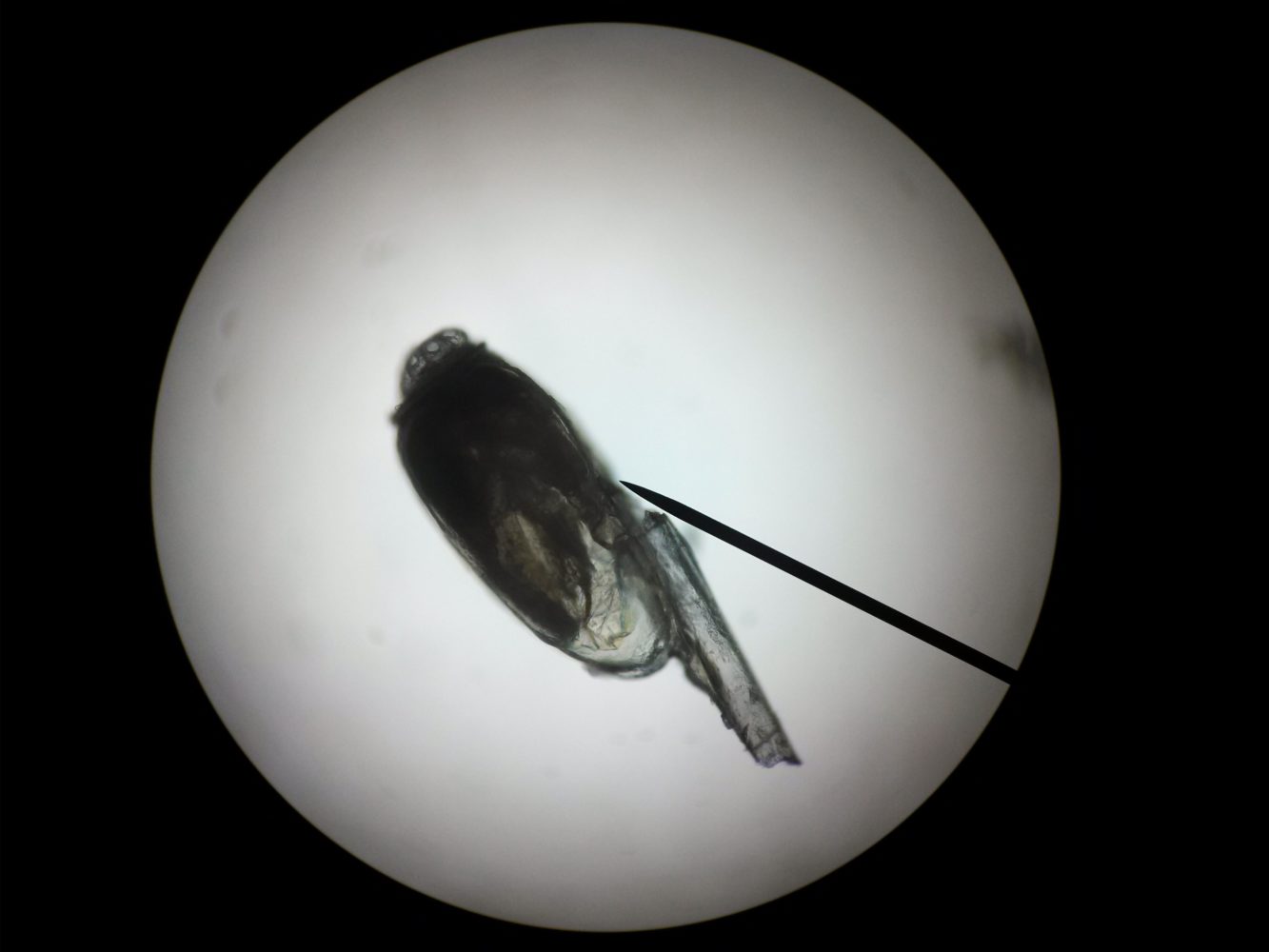
EGG ON HAIR
Head lice eggs (called “nits”) are hard to see and often confused for dandruff or hair spray droplets. Nits can be found on the hair shaft near the scalp.
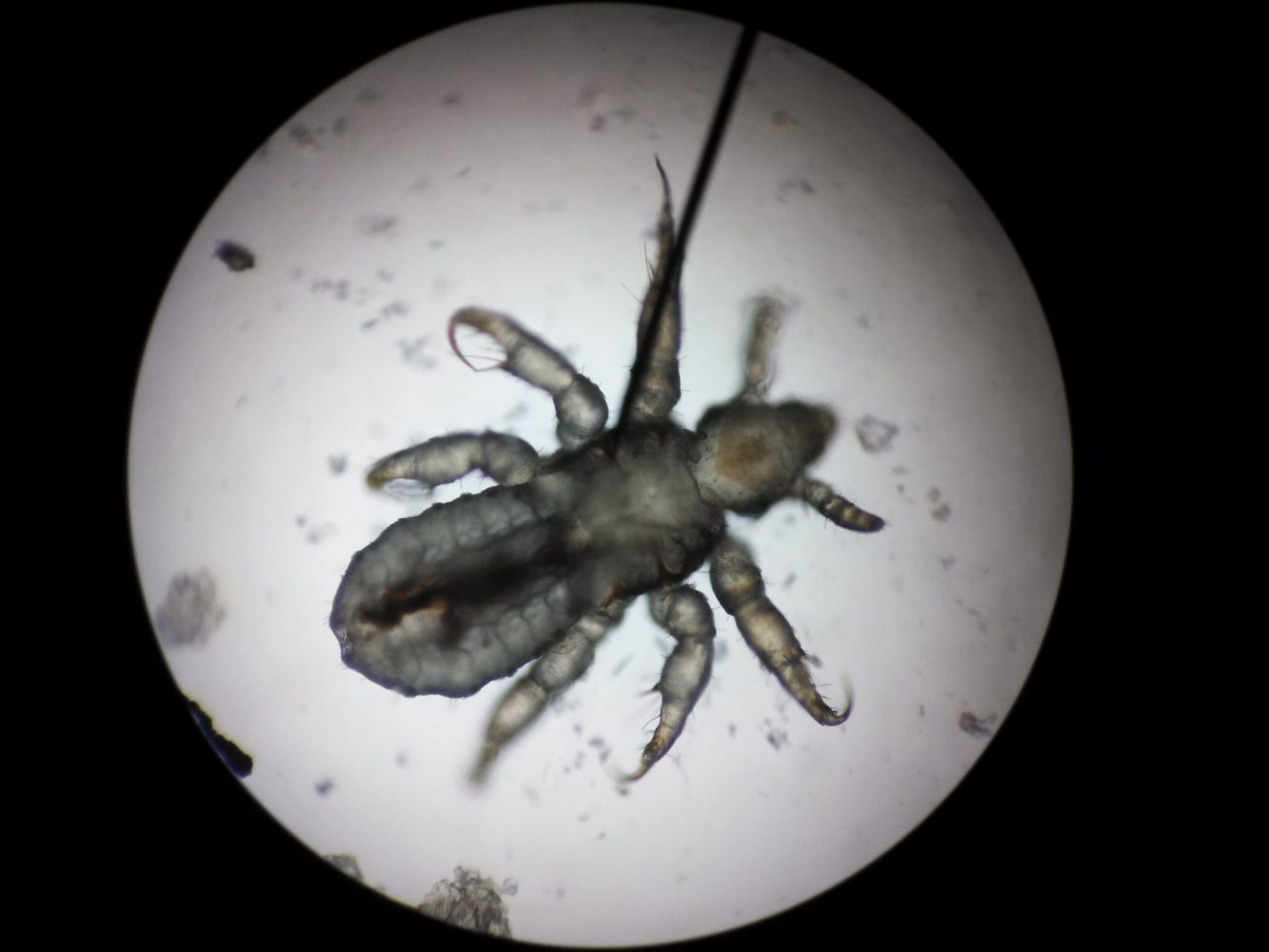
NYMPHS
The egg hatches to release a nymph. The nit shell then becomes a more visible dull yellow and remains attached to the hair. Nymphs mature after three molts and become adults about seven days after hatching.
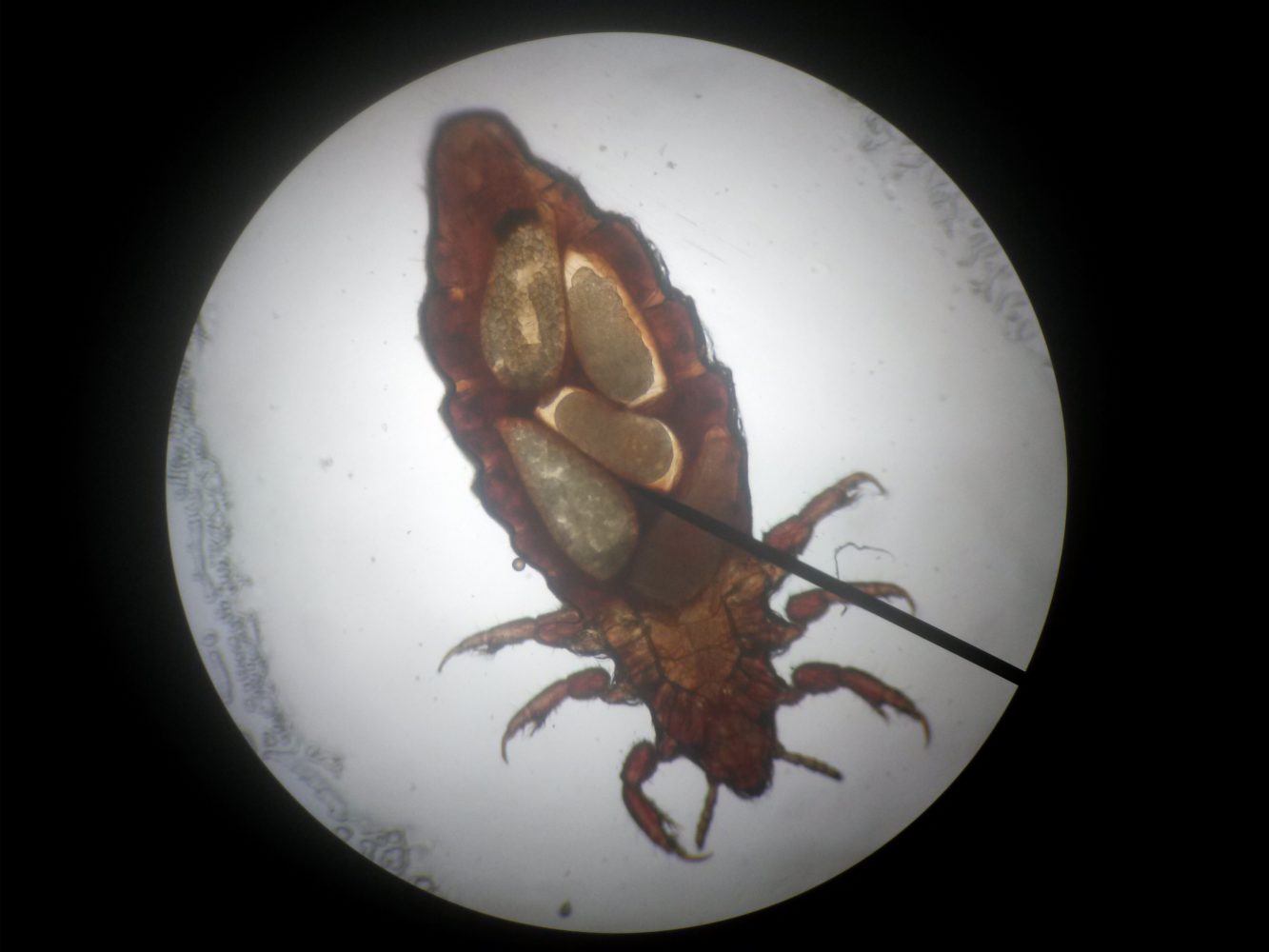
ADULT LICE
The adult louse has six legs, each with a claw, and is tan to grayish-white. In people with dark hair, the adult louse will appear darker. Adults multiply quickly, laying up to eight eggs a day, and living up to 30 days on someone’s head. A louse can go two days without blood meals.
LICE PREVENTION
The sooner head lice are detected, the better. Quick action and preventive measures can minimize their spread and chance of returning.
- Avoid direct head-to-head contact with others. This is the most common way lice is spread.
- Don’t share brushes, combs, scarves, hats, pillows or hoodies.
- Keep hair in tight buns or braids when around others.
- Screen your child for head lice once a week to catch a case early and prevent spreading.
- Be extra vigilant after returning from any school, camp, or holiday break (places where outbreaks tend to occur more often).
- Take your own pillow and sleeping bags to sleepovers.
If you find head lice notify your school, friends, and family immediately to help curtail spread.
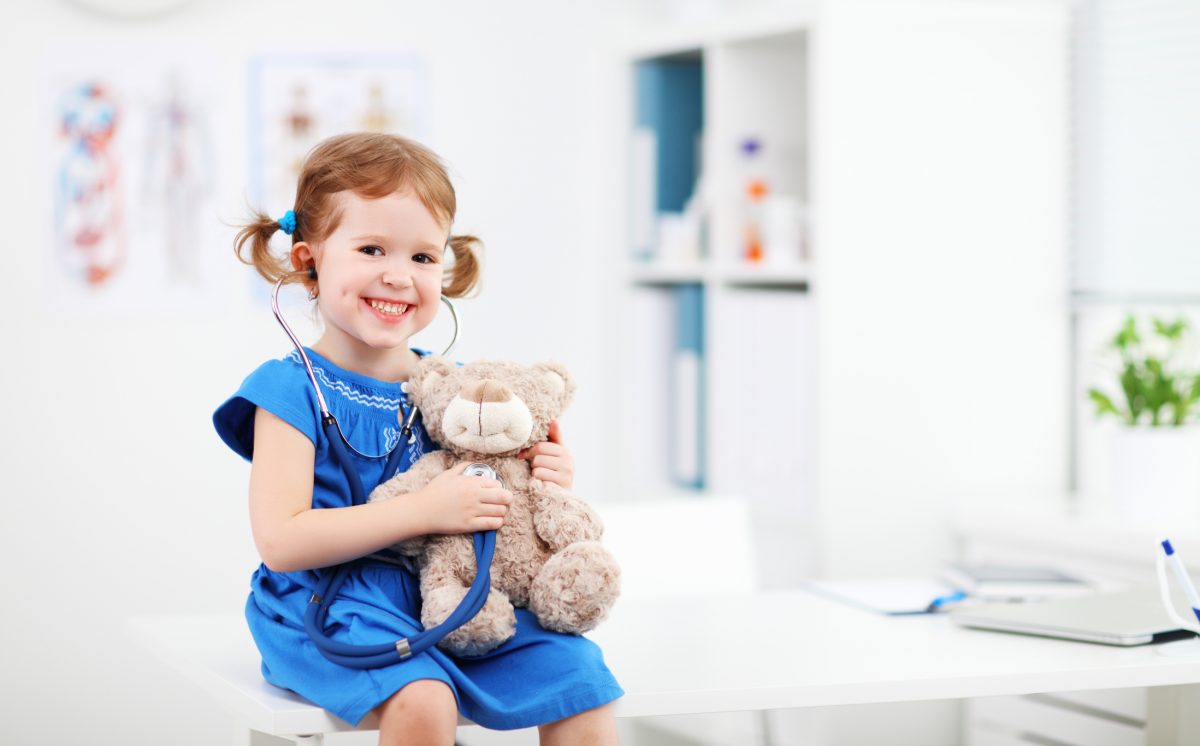

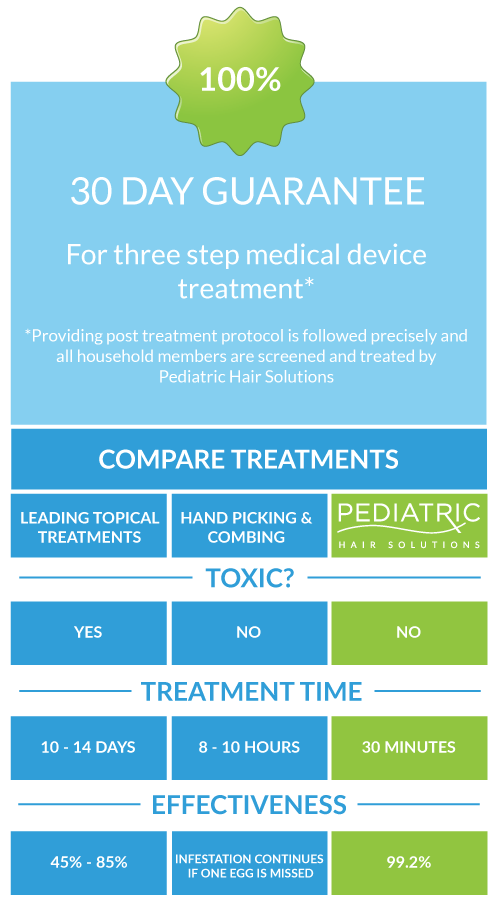
WE’VE GOT LICE! NOW WHAT?
I THINK MY CHILD HAS LICE, NOW WHAT?
Head lice is very contagious and should be treated quickly to prevent it from spreading to others. It’s recommended all members of a household be checked. Anyone who is positive should also notify those they’ve been in contact with. Pediatric Hair Solutions offers complimentary head checks for an entire household if one person is positive and treated by us.
HOW DO I KNOW IF WE HAVE LICE?
Head lice are most commonly found on the scalp, behind the ears and near the neckline at the base of the head. An allergic reaction to the bites causes the itching; only about 50% of people with head lice experience itching. The best way to confirm an active case of head lice is by finding a live nymph or adult louse on the scalp or hair. Adult and nymphal lice are very small, move quickly, and avoid light, so they may be difficult to find. Using a fine toothed louse comb helps in correctly diagnosing head lice.
If you have lice, you will have nits/eggs in your hair. If you have nits, they have been laid by live lice. Nits do not spontaneously appear and are not themselves contagious.
Viable nits are usually located within 1/4 inch of the scalp. The nits are small teardrop-shaped eggs that show up differently in different colored hair. The darker your hair, the lighter the nits will appear.
Nits are essentially “glued” into the hair. They will not move without being pulled with some force with your fingernails. Once you get them to budge, they will only move up and down the hair shaft (rather like a bead on a bracelet.) If you pull it all the way off and lay it on a white napkin or tissue, it will have a brownish tint to it.
Dandruff will not be “stuck” in the hair, and will move if you brush it with your finger or blow on it lightly.
DOES LICE SHAMPOO WORK?
RID, Nix and other lice shampoos ONLY kill adult lice and adolescent nymphs. These shampoos work by attacking the bug’s central nervous system. Because baby lice or “nymphs” have not yet developed a central nervous system, they cannot be killed by pesticides. New research also shows lice have developed a resistance to common over-the-counter treatments like lice shampoos.
This leads to a common pattern of lice suppression and resurgence when families use lice shampoos and prescription treatments.
What does that mean? Since lice shampoos only kill live bugs and not their eggs, it’s up to parents to comb out every single lice egg. If just one or two are left behind, it will take about 3 weeks for those left behind eggs to hatch, starting a new cycle of lice infestation.
During those weeks, parents think they have the problem under control, not knowing those eggs are developing into live bugs. This is also a common reason lice are spread to other family members and classmates. In other words, the lice aren’t necessarily coming back, they were never completely gone in the first place.
MANY families come to us after using multiple rounds of lice shampoos without success. READ MORE HERE about recurring head lice and what you can do about it.
HOW DO LICE SPREAD?
Head lice can be spread by direct contact with the head or hair of an infested person. The adult louse can survive for up to 1-2 days without feeding on the scalp; therefore lice can be found on objects that have been in contact with an infested person.
HOW DO I TREAT MY HOME FOR LICE?
It is important to remember that the infestation is on the head – not in the home! It is necessary to clean your house thoroughly once a lice infestation has been discovered. However, we have found that most parents’ instincts are to do far more than is necessary!
The first thing to remember is head lice can not live off the human host for more than 48 hours. Also, lice do not have “feet” and can not travel well an smooth hard surfaces. Lice can not jump or fly. Nits/eggs need to be in a warm, dark, moist place to incubate. Please do not use a pesticide spray on furniture. Remember, lice are resistant and the use of pesticides can have harmful side effects.
Clean all bed and bath linens that have come in contact with affected individuals. Placeclothing, linens, etc in the dryer on high heat for 30-40 minutes. Do the same with clothing andouterwear worn within 48 hours.
Vacuum carseats, carpets, floors, mattresses, and furniture where there has been contactwithin last 48 hours.
All hair brushes and accessories need to be placed in baggies and put in the freezer for 48hours and then washed thoroughly in hot soapy water. Label these items in the future so they are notshared.
Sports and bike helmets go into freezer for 48 hours.
There are many items that cannot be placed in the dryer, but must also be treated. Isolationis the best method for dealing with these items, including stuffed animals, pillows, or headphones. Youshould expect these items to be out of commission for at least 48 hours.
This process only needs to be done one time on day of treatment with the FloSonix device.
ARE THE TREATMENTS AT PEDIATRIC HAIR SOLUTIONS REIMBURSED BY INSURANCE?
As a medically owned and operated head lice treatment center, our treatments are reimbursable by many insurance plans.
We also accept Flexible Spending Accounts (FSA) and Health Savings Accounts (HSA).
For your convenience, we provide you with the appropriate form including diagnostic and procedure codes needed to submit claims for reimbursement. Your pre-filled CMS 1500 form to file with your insurance provider will be included with your discharge papers.
If your claim is denied, you may request a letter of medical necessity written by the Medical Director at Pediatric Hair Solutions, Dr. John Fassler.
WHAT DO LICE EAT?
Lice spend their entire life on the human head and feed exclusively on human blood 5-6 times each day by biting the scalp, which is what causes some people to feel itchy.
